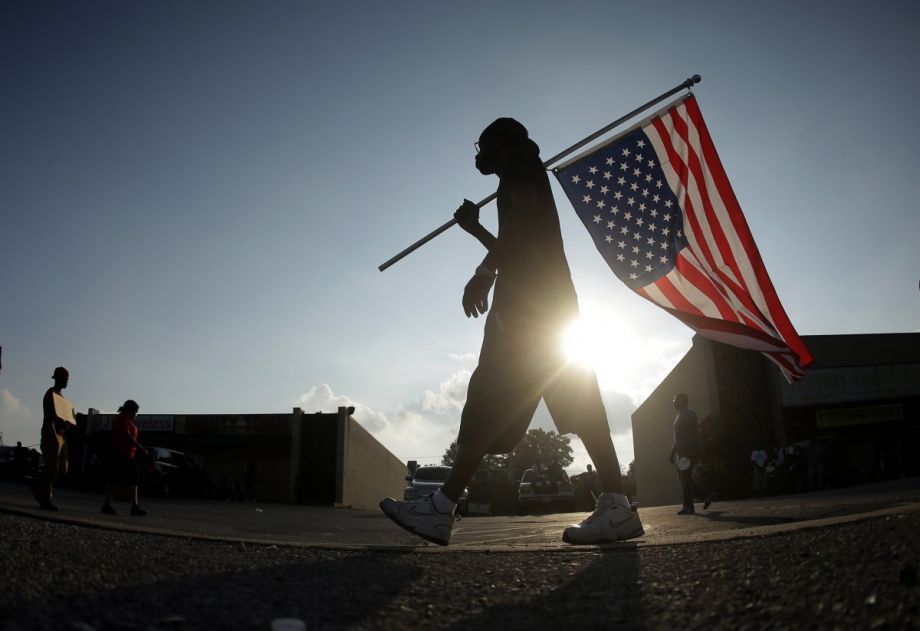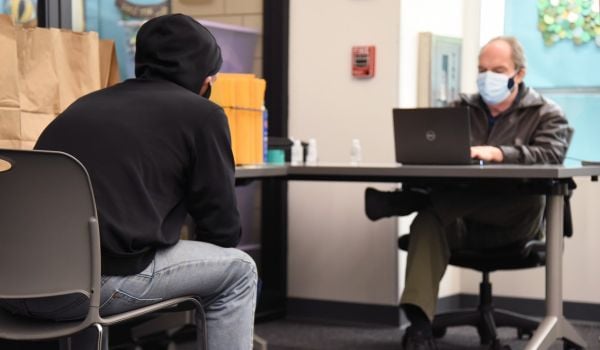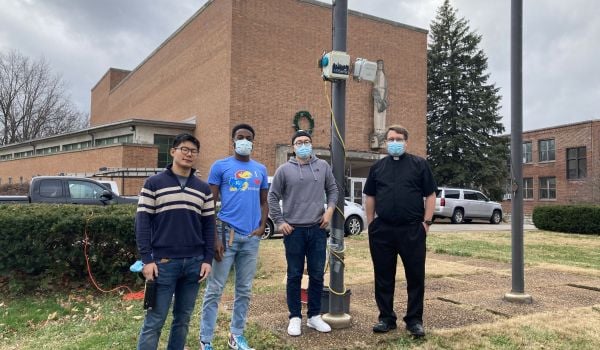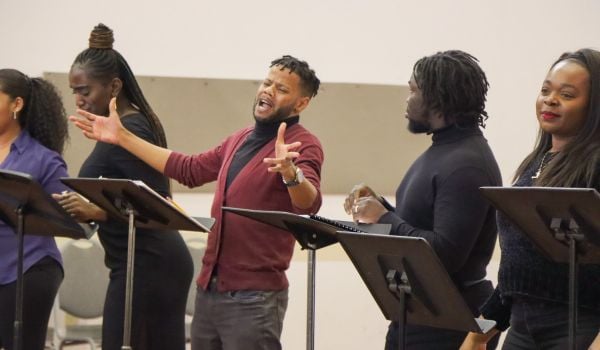One of the smartest things that anyone told me this week about the events in St. Louis — well, in Ferguson, but that ought to be the same difference in our sprawled-out region — sticks with me. A man retelling his arrest story stopped and looked me in the eye.
“You don’t know what I’m talking about.” Then he paused. “You know what I’m talking about,” he corrected, “but you haven’t lived what I am talking about.”
While I have not lived through the same routine oppression that statistics show many residents of Ferguson face daily (93 percent of arrests there are of black people), I do live in a metropolitan region that has literally torn itself apart to maintain certain racial relations. The overbearing geography of segregation forces all St. Louisans to inherit a region that is politically fragmented, economically fragile and culturally divided. Sometimes the divisions are hidden in plain sight, while sometimes they make headlines.
St. Louis Alderman Antonio French, who has been a leader in Ferguson this week, has long talked about the “invisible St. Louis” — the one currently in plain view — produced by segregation, poverty, deficits in public services and public policy. The region almost is doubled between its projected harmless and genial Midwestern identity and its lived reality of racial segregation, amputated urban fabric and a perversely fragmented local government.
Residential segregation has long been common in St. Louis, but the black population did not rise above 10 percent until the 1900s, when during World War I, black laborers moved to the city seeking factory jobs. St. Louis’ real estate industry joined white residents in devising a system of covenants to try to restrict the black population to a few districts, including the Mill Creek Valley area west of downtown.
In 1916, through a referendum, St. Louis passed its first zoning ordinance for the express purpose of prohibiting anyone from moving to a block where 75 percent of the residents were of another race. This racist ordinance — one that bred distrust of city planning policy among black St. Louisans — was nullified by a 1917 Supreme Court decision, but its intentions persisted in a private 1923 policy adopted by the St. Louis Metropolitan Real Estate Exchange that bound members to restrict sales of houses to black people in an agreed-upon area. Containment of housing rights persisted until the Supreme Court overturned the system in its Shelley v. Kraemer decision in 1948 (a case that originated in St. Louis).
Meanwhile, the fears of white politicians over black voter registration and factory job-seeking in East St. Louis led to a massive event in the summer of 1917 characterized by historian Charles Lumpkins as a “pogrom,” although popularly called a riot. After nearly 200 black residents fell to the hands of a murderous white mob, Illinois officials ultimately dropped charges against mob leaders and charged whites and blacks equally. Not long after this in 1922, St. Louis adopted restrictions on picnicking — ostensibly applied to all — after white residents fought to keep blacks out of O’Fallon Park on the north side.
Halting change proved impossible: In World War II alone, the city’s black population grew to 41 percent. Open housing, “white flight” and continued migration sent black residents into north St. Louis, where they encountered reactionary and sometimes violent pushback from white St. Louis. In 1949, when the city attempted to integrate city pools, a group of white swimmers assaulted the first black swimmers to arrive at Fairground Park’s pool. Meantime, the city used the 1949 United States Housing Act and local bond issues to completely eradicate black neighborhoods like Mill Creek Valley and DeSoto-Carr, building only some of the housing back — and returning none of the family-owned businesses — and dispersing residents further into north city.
While official policies pushed black residents further away from the core, white residents mobilized in the suburbs of the north part of St. Louis County to incorporate new municipalities so that zoning ordinances could be enacted. Many of the new zoning ordinances of north St. Louis County restricted multi-family or low-income housing, creating a possible bulwark against demographic changes. Eventually, however, the north St. Louis County white population migrated westward into St. Charles County, leaving behind a growing black majority in many municipalities with a white political leadership that’s still largely in place today.
In 1990, Ferguson was 25 percent black and 74 percent white; in 2000, it was 52 percent black and 45 percent white, and by 2010 it was 67 percent black and 29 percent white. As with the city, while the population changed, political power did not immediately follow. Ferguson’s city government is not proportionately representative of its residents, and its 53-member police department has — a now infamous statistic — only three black officers.
While the protests in Ferguson take aim at a very specific event, they are framed by a historical constitution of a power relationship dating back to the Great Migration. However the power relationship is not as much temporal as it is geographic — it did not end with the defeat of racially restrictive deeds, or the halt of urban renewal neighborhood clearance, or the opening of suburban areas to black residents. The relationship persists across boundaries and time, forging a spatial tension that seems nearly eternal now.
Population inversion shown through the increase of affluent white residents in older city neighborhoods brings a return of the potential conflicts over space and identity. Actual integration has occurred in a few parts of south city, but almost nowhere else — and those neighborhoods are changing through reinvestment. Disruption has become a definitive force in the region outside of the very wealthiest parts, and the very poorest. In a region with a near-stagnant growth rate, the shuffling of population produces instant inequities.
Late last month, within the sparse concrete frame of the Contemporary Art Museum’s main gallery — an occasional public house for civic discussion — former Nation publisher Hamilton Fish made an observation whose gravity has only become more apparent now. “It is difficult to retain idealism when you realize that you can’t influence events,” Fish told those assembled. Fish was visiting as one of the conveners of the Marfa Dialogues at the adjacent Pulitzer Arts Foundation, and likely had no idea of his prescience.
While the O’Fallon Park picnickers of 1922 fled to other parks, and the swimmers in Fairground Park in 1949 resigned themselves to a longer term of segregation, many St. Louisans today are offering a sustained public resistance. While the protests aren’t aimed directly at geographic segregation, they unmask its impact on daily life. Riots and looting represent the deep loss of idealism that Fish mentioned, while the purposeful protests represent something charged with agency and intent. St. Louis’ twisted placemaking won’t be undone by events in Ferguson, but awareness of its impact on the region’s future has become acute.
The Equity Factor is made possible with the support of the Surdna Foundation.
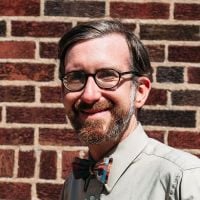
Michael R. Allen is the founder and director of the Preservation Research Office and a lecturer in American Culture Studies at Washington University in St. Louis. His writing on historic preservation, architectural history and public art has appeared in the St. Louis Post-Dispatch, Temporary Art Review, PreservationNation, nextSTL and other outlets.


